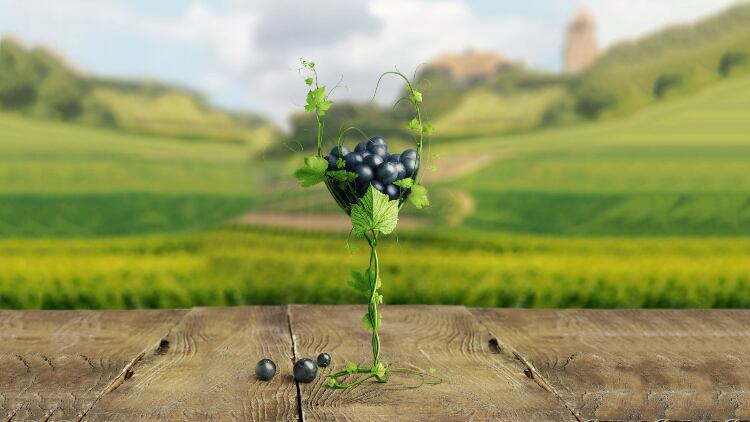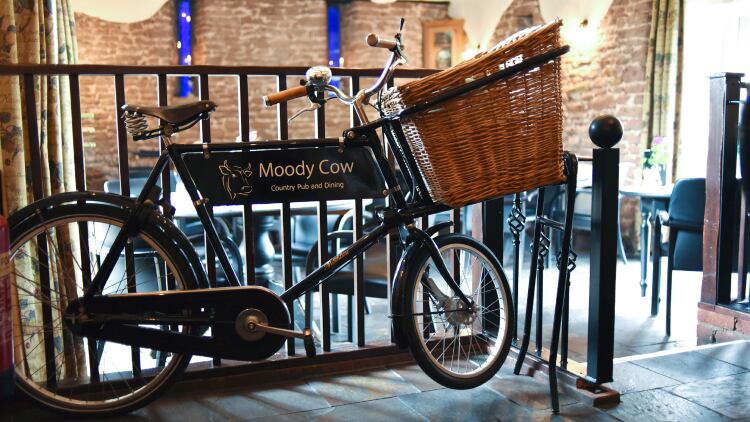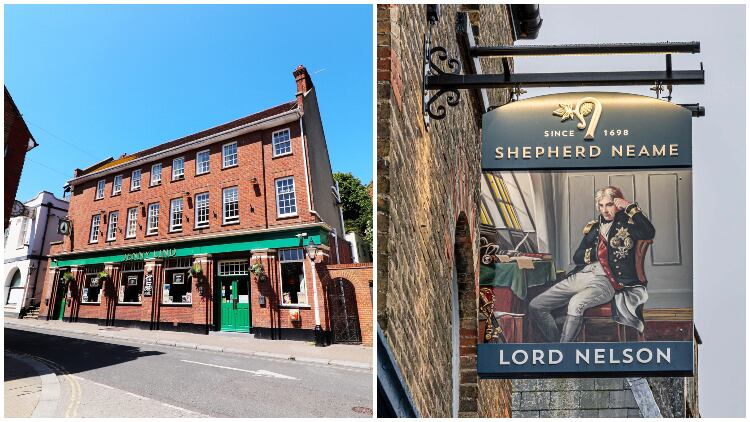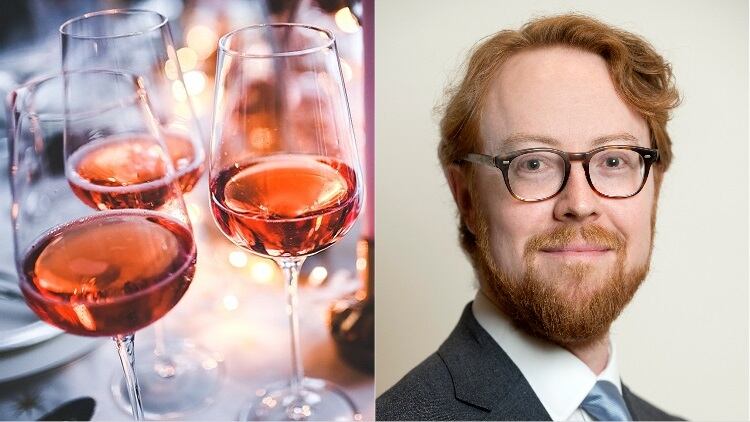Wine sales have slipped by £146m – or 4.5% – in the past year, with 17% of consumers saying they are drinking less wine than a year ago, according to CGA’s On Premise Measurement Data.
However, it is not all doom and gloom. There are simple ways to boost margins and offer customers something new when it comes to the category.
The Unruly Pig, in Bromeswell, Suffolk, was the winner of the Best Wine pub at the Great British Pub Awards 2019. Restaurant manager Amy Challis describes the pub’s wine menu as “a mix of the usual accessible wines – your Pinot Grigios, your Malbecs, your go-to wines,” and more unique brands. The menu contains a multitude of “entry level” wines, with more than 60 wines on the list.
Edgy and quirky
The Unruly Pig’s wine menu also has an ‘edgy and quirky’ section, with staff recommending customers unique wines that are similar to the tried-and-tested favourites.
Challis explains that the pub’s wine list has evolved over time. Reflecting on the list when the site opened, she says: “It was a bit more basic, we then started to see the trends and what people would buy and be interested in.”
Developing a good wine offer is all about a balance between challenging yourself to mix up the status quo and being realistic about what your customers will actually want to spend money on, Challis advises.
She explains: “We don’t compromise on the quality of the offering – by the same token we have to be realistic.
“There might be something owner Brendan Padfield and I try that we think is absolutely sensational, it’s amazing but it’s quite a difficult sell.
“We have to be realistic if it’s something a bit unusual.
“Is it only going to be a very limited number of people who we can sell this to? Are people going to buy it for what we need to make a margin?
“It’s being pragmatic about it as well as not compromising on the quality.”
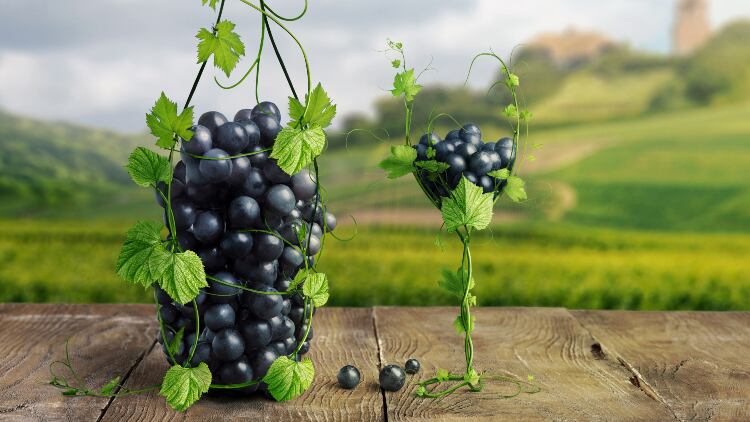
Easier to trial
Wine experts recommend investing in a preservation system that means you can offer wine in smaller formats.
Kingsland Drinks head of marketing and product management Jo Taylorson explains: “Single serve, half bottles and 50cl are all good options for the on-trade to trial more premium and interesting wines where they may not want to sell by the glass due to smaller volume sales.”
Paul Sullivan, head of sales and marketing at Devon-based Lyme Bay Winery agrees. He adds: “Pubs that offer wine by the glass could also offer wine flights – five small measures of different wines in order to allow consumers to try different wines.
“Trade up usually comes with knowledge so that experience is key.”
Low-and-no alcohol has long been pinned as one of the trends to watch, however, there are mixed opinions about how much this growing trend has translated to the wine list.
Taylorson of Kingsland Drinks says pubs should add an alcohol-free wine alongside beers and spirits to help non-drinkers make a selection easily.
All the rage
Alex Hunt of Berkmann Wine Cellars five his top trends for wine:
Sustainability: “We are seeing much more interest in that as a concept. Different suppliers have a different approach. There are so many ways you can cut it but it is so crucial at the moment.”
Orange wine: “What orange wine is, in other words, is white grapes with skin contact. The days of the blockbuster, thickly tannic red are behind us and we’re seeing much more drinkability, complexity and nuance being valued. This is a good thing because they tend to be more food friendly, easier to enjoy and so on.”
Wine from eastern Mediterranean regions: “We have had Turkish wine on our list for a while and it has been doing really well. We have also added wines from Greece and Georgia. Consumers seem to be looking for something that is a little off the beaten track. Something with a real tradition and story behind it.”

Read more of Alex Hunt's wines to watch here
“We’re seeing lower alcohol and alcohol- free wines becoming more common on wine lists,” she adds.
However, Alex Hunt from Berkmann Wine Cellars, says the consumer is better off looking for a non-wine drink if they want something at a low ABV, and the category must develop in this area.
He explains: “Our experience so far is that wine is the drinks category that is perhaps least well suited to offering a low or no-alcohol alternative – if we’re talking about ultra-low that is.
“There are wines that are naturally coming in below 10% ABV but in terms of a really low-alcohol alternative, they require an enormous amount of manipulation.
There’s a lot more alcohol to get rid of than there is in beer, for example.
For the same reason, wine is more reliant on the alcohol as a vital part of the structure – as such a lot of the low-and-no wines tend to be quite sweet to replace that missing body.
He adds: “Although our search continues for the magic solution that will still uphold our quality ideals, in a low-alcohol format, our experience to date is that it really doesn’t work.”
English sparkling wine is on the up within the category. Sales of sparkling wine increased by 61% over the past five years in both shops and pubs according to the Wine & Spirit Trade Association’s (WSTA). Champagne has seen a slight dip in sales, with around 4.8m bottles sold in the past year, down 5%.
Better doesn’t mean top tier
Lyme Bay Winery head of sales and marketing Paul Sullivan says: “There is an excellent opportunity to add English sparkling wine to the portfolio as a style that is very drinkable and lets on-trade outlets increase the process of top-tier Champagnes marques and have an interesting sparkling price ladder going from Prosecco through to old world sparkling, English sparkling and Champagne.
“Not everyone’s ‘better’ means going straight to the top tier.”
Consider what your house wine will be, Challis advises. They don’t necessarily have to be the cheapest. She explains: “We selected our house wines: Terre di Monteforte (white) and Passo del Tempio (red) because they represent great value and are very versatile.
“They go with a wide range of dishes on our menu, so that is quite a good point for staff if they are not confident with their wine. If we have new people, we say: if you’re in doubt, you can always go for the house.”

